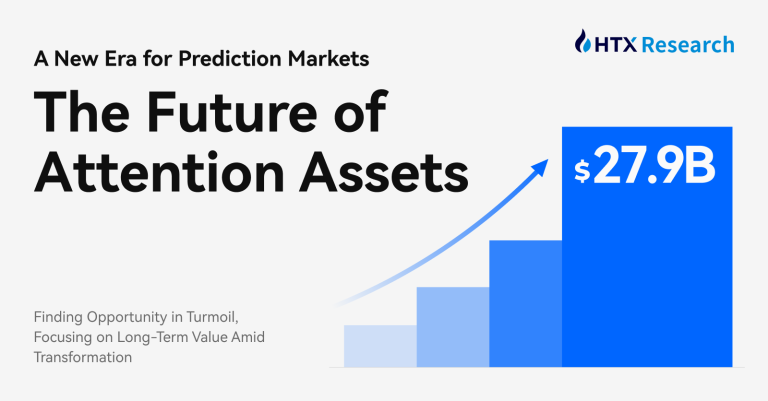
Bitcoin has seen a noticeable reduction in retail inflows over the past year, signaling a significant shift in how smaller investors engage with the cryptocurrency market. As institutional dominance rises and new avenues like Spot Bitcoin ETFs gain traction, retail investors appear to have taken a step back from directly purchasing and trading Bitcoin.
Steady Decline in Retail Inflows
According to data from CryptoQuant Insights, retail inflows—defined as smaller investments holding less than 0.1 BTC—have dropped significantly in 2024. Average daily inflows fell from roughly 450 BTC early in the year to just 92 BTC as of late. This marks a staggering 80% reduction in retail participation within a matter of months.
The launch of Spot Bitcoin ETFs in January 2024 accelerated the decline. These ETFs provide an alternative way for investors to gain exposure to the cryptocurrency without directly purchasing and managing Bitcoin, offering ease of access and added convenience. However, this shift has affected on-chain activity and reduced the influence of small-scale transactions on overall market movement.
Impact on the Bitcoin Market
Despite the decline in retail inflows, Bitcoin’s price trends remain largely unaffected. Institutional players and ETF-driven trading now dominate the market, minimizing the impact small investors once had. Data from Glassnode also supports this trend, with the number of Bitcoin addresses holding at least 0.1 BTC declining from 4.58 million in late 2023 to 4.44 million in 2024.
This structural shift highlights a growing divide between the original, decentralized vision of Bitcoin as a peer-to-peer electronic cash system and its current state as a heavily institutionalized asset. While Bitcoin continues to thrive as a store of value, its adoption among smaller, everyday users has stalled.
What This Means for Retail Investors
The changing nature of Bitcoin participation means retail investors must adapt to the evolving ecosystem. ETFs may provide a safer and less complex way to engage with cryptocurrency markets, but it also underscores the need for greater education and awareness around Bitcoin’s true potential.
If you’re looking to diversify your investment portfolio amidst this shift, consider platforms like Grayscale Bitcoin Trust. Grayscale offers entry points into Bitcoin exposure for those unwilling to deal with the complexities of wallet management and on-chain activities. With the rise of ETFs and managed services, these tools make crypto investment accessible while catering to modern investor preferences.
Conclusion
The decline in Bitcoin retail inflows signifies more than just a temporary downturn. It marks a pivotal moment in the cryptocurrency’s journey, with a clear shift from grassroots adoption to high-level institutional engagement. As the landscape continues to evolve, the role of retail investors may transform, but Bitcoin’s promise as a revolutionary technology remains steadfast.




